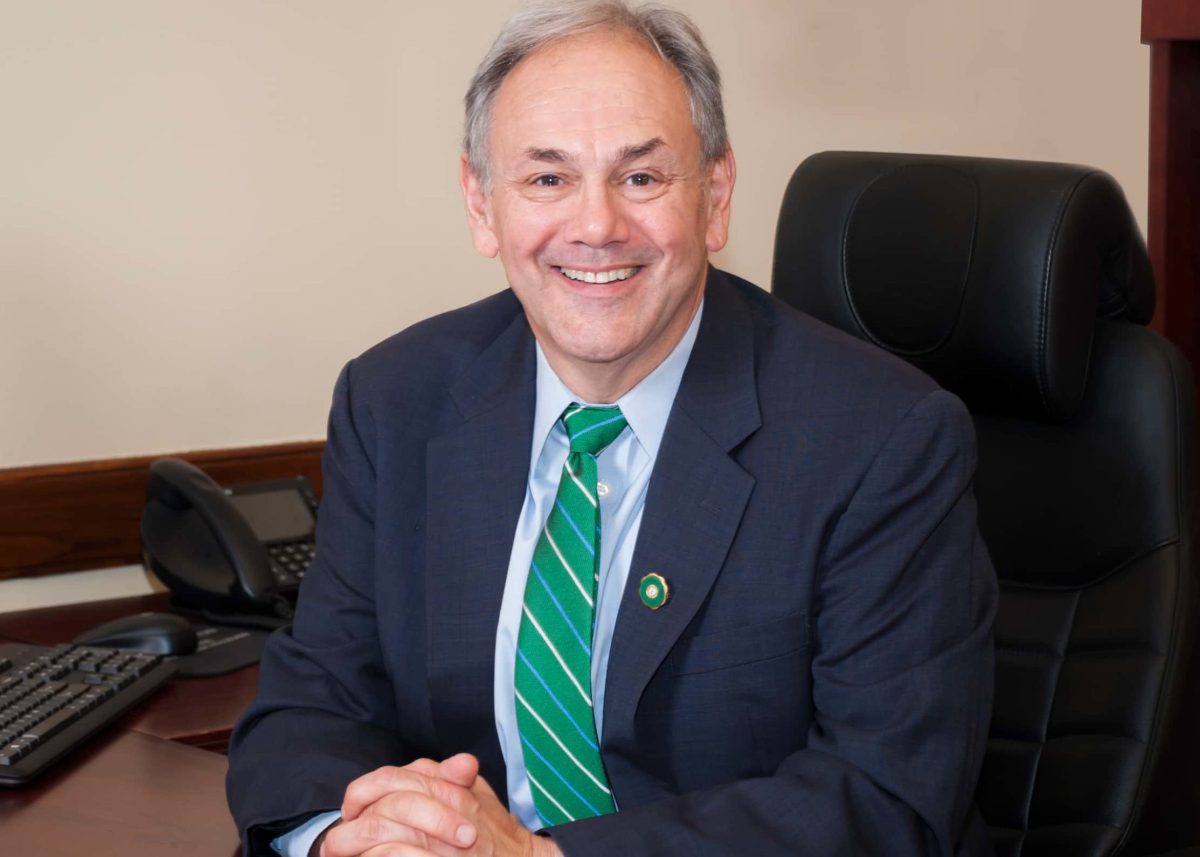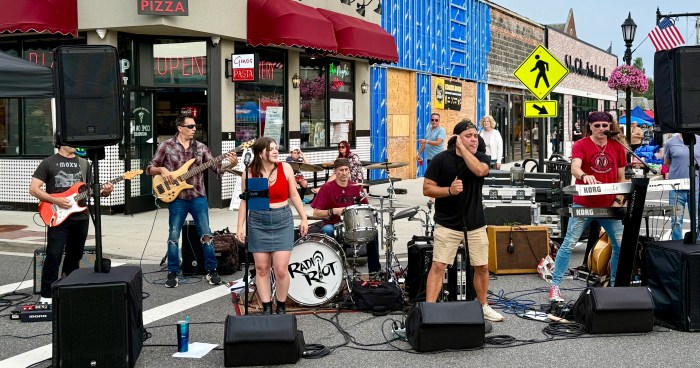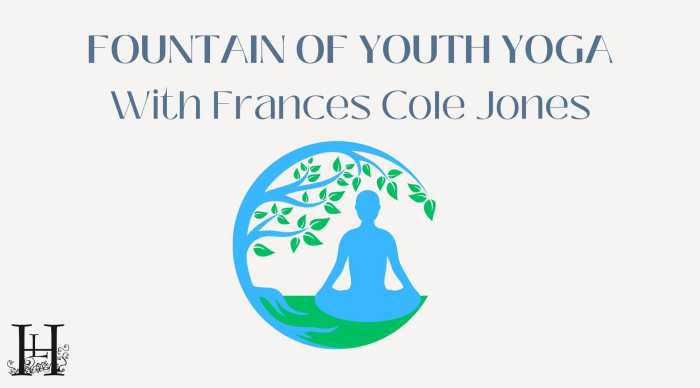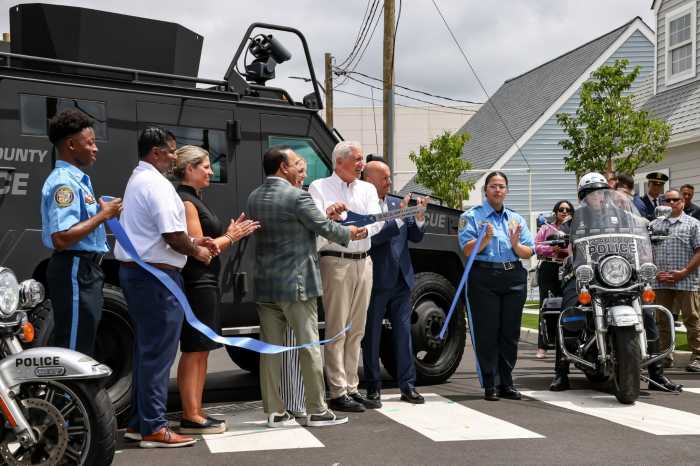Dr. John Nader assumed the presidency of Farmingdale State College three years ago, after serving as provost at the State University of New York at Delhi. He was also president of the SUNY Chief Academic officers organization and, at one point, mayor of Oneonta, where he led a downtown revitalization effort. He holds a doctorate in economics from the New School for Social Research. Weeks after his arrival in 2016, Nader announced Farmingdale’s first graduate degree program, a Master of Science in Technology Management. He said other graduate programs are to follow.
How do you account for the dramatic rise in enrollment, up 47 percent since 2006, to more than 10,000 full-and part-time students? I think largely it’s because of our program mix, and our tuition. Most of our students are commuters, so they’re not paying room and board. Tuition is $7,000 a year, so we’re a very affordable college. It’s also because of our location. We’re close to the Long Island Expressway and the Long Island Rail Road station. We even now have a shuttle bus to and from the railroad station, beginning at 7 a.m.
Can you talk about the programs you mentioned? We have six programs that are unique. We added interactional design, the only one of its kind in the State University system. This is a program in how a user makes use of a product. We teach students how to design products so that they are easy to use.
How is this applicable to the job market? We are working with a firm in the cosmetics industry. They expressed a great desire to meet our students. Cosmetics is largely moving to interactive displays rather than having customers go to a clerk.
What other programs? We added business analytics, computer security, geographic information systems, and health and wellness and nutrition sciences.
Do you think Farmingdale State has bypassed the humanities? I don’t think we have. I think we have stepped forward in that area. We don’t offer many courses in the arts, but what we do offer is strong.
How do you feel about that? There has been a precipitous decline in the humanities overall. I think this is sad. It concerns me. My own background was in politics and history. But I think the new emphasis is a signal to humanities disciplines. Our students were very affected by the recession. They are very focused on jobs. We serve Long Island students. About 90 percent of our graduates are gainfully employed within six months of graduation.
Farmingdale is now a four-year college, now even offering graduate degrees. Do you believe people still think of the college as a two-year agricultural and technical institution? I don’t think that’s the judgement anymore. We’re now a very strong four-year institution with four schools – Engineering and Technology, Arts and Sciences, Health Science, and Business.
Are you going to be in need of more buildings? Yes. We spent this morning in meetings on the fact that we will be needing more space. We’re going to be needing a new academic building. That new building will allow us to add another 800 to 1,000 students.
Is there a cost estimate for this new building? $53 million.
It’s not hard to notice parking here is not easy. Any plans along those lines? That is an issue and we are building more lots. Part of this problem can be addressed by how we build our course schedule. We are shifting schedules so more students come at different times.
There’s a single complaint you hear from students at every college in America: The food sucks. It is a familiar gripe. But we have Freshëns, a national brand that offers healthy foods. We upgraded Books ‘n Beans in the Library. We have Aramark, which meets regularly with students.
Do you eat in the student cafeteria? I do pop in often. They have a sushi dish I like.
What keeps you up at night? Space, the limitations of space. I think about the college two to five years down the road, I think also about adding a graduate degree in all four of our schools. We have only one ask of the state legislature: that new building and their assistance in funding it. That building is key to our future.




































